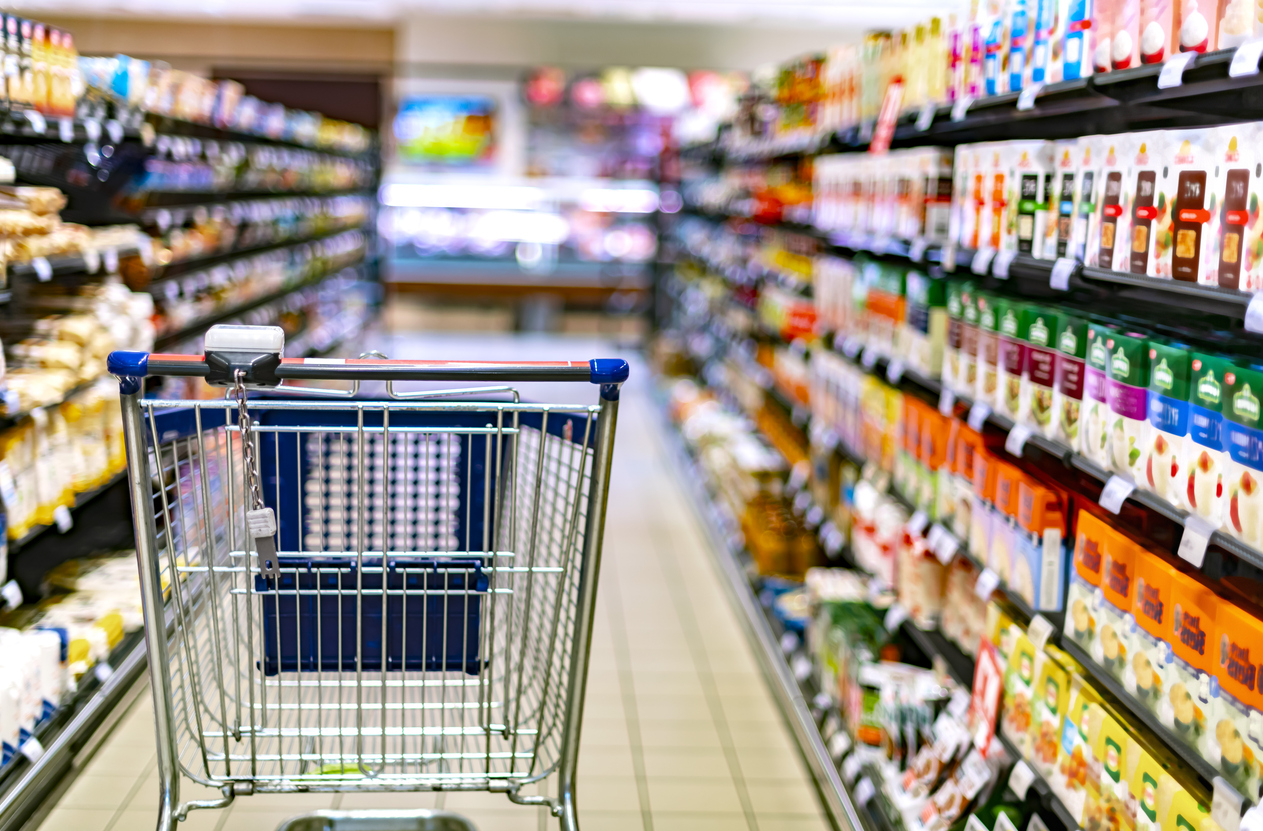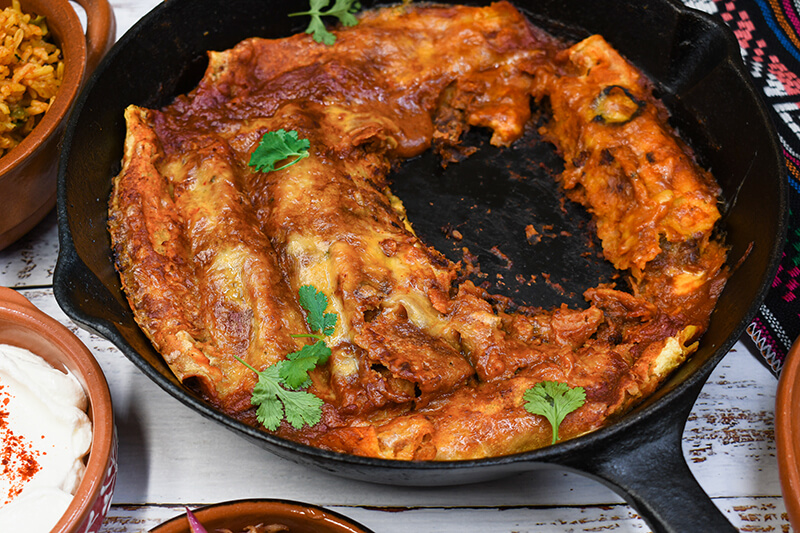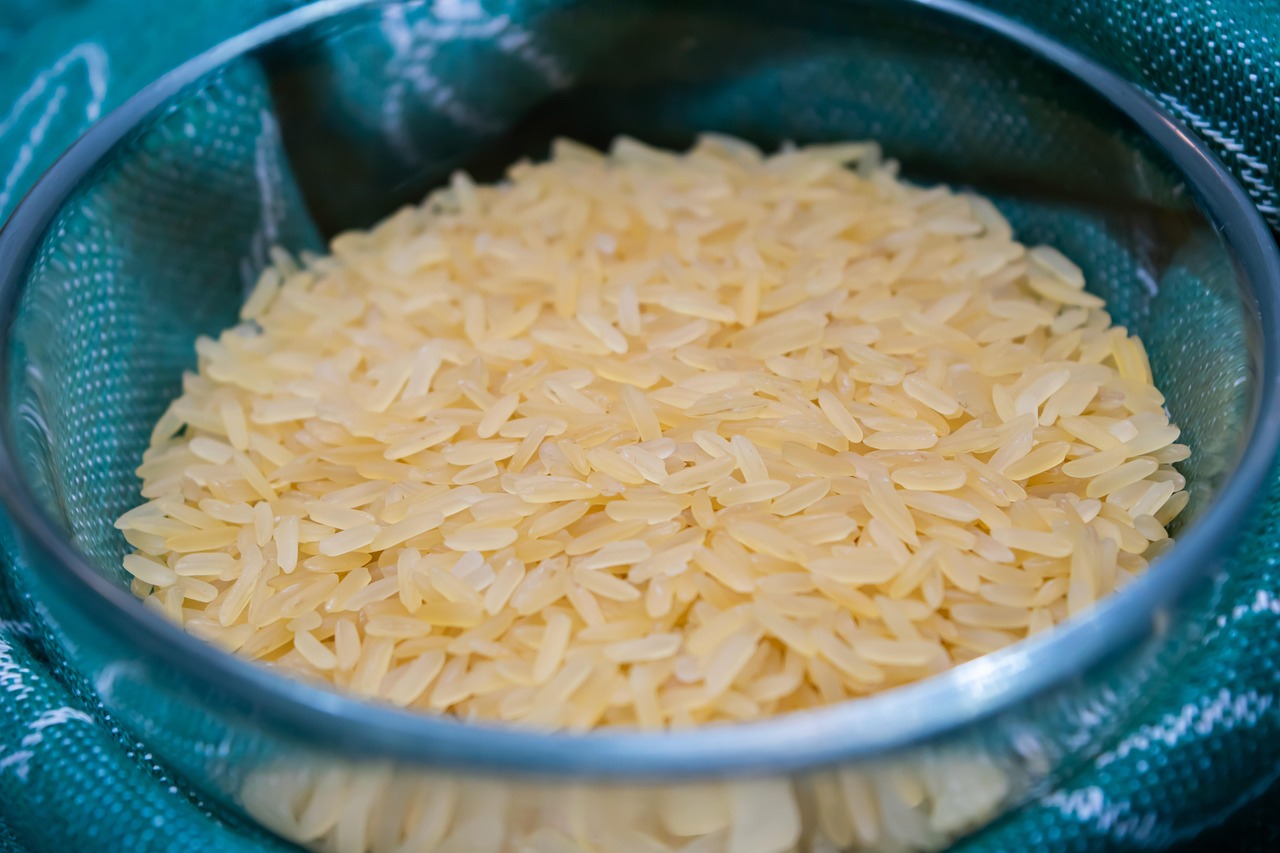
Grocery Store Problem Solving (Grades 3-5)
Students use basic mathematical skills to solve problems related to the cost of food while integrating geography and nutrition to enhance learning. Students analyze grocery ads, assess the nutrition and cost of meals, and explore diets around the world.

